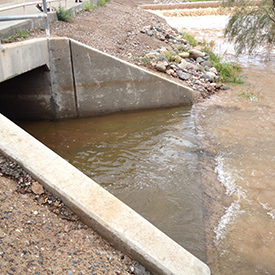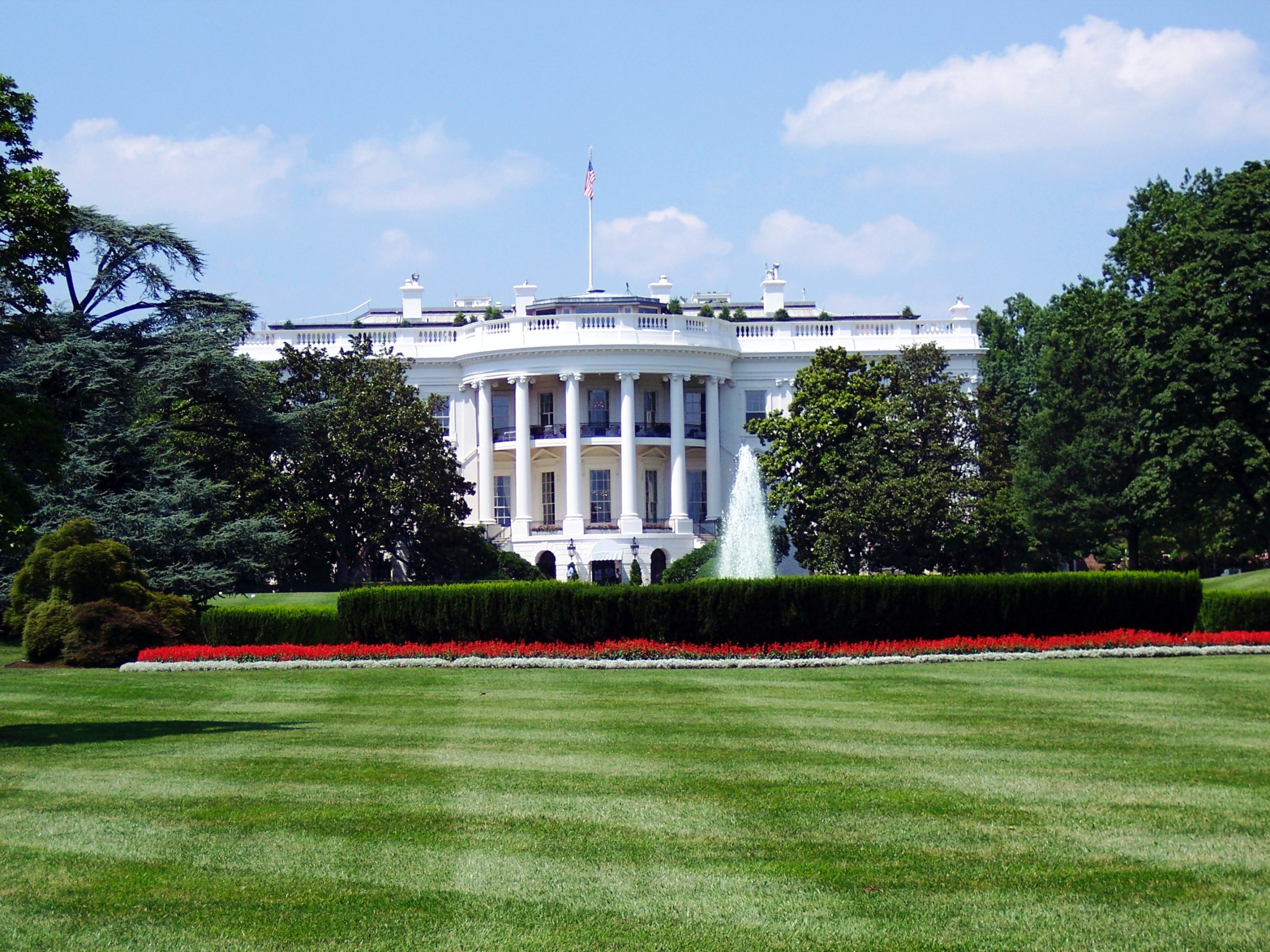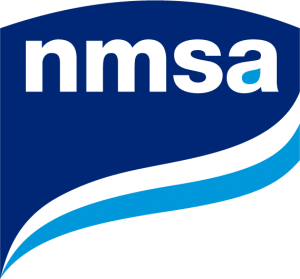
Source: AZ DEQ
The Mayor of Denver was once quoted as saying that governing is the equal distribution of dissatisfaction. The USEPA by contrast, with its new rule on small MS4 permits, has achieved a relatively high level of consensus with its approach to this rulemaking. One of the problems that EPA struggles with in the MS4 NPDES program is public input to the permitting process. Stormwater permits can be fairly dense and impenetrable, so getting meaningful public input can be a challenge. The USEPA is responsible for establishing the baseline program elements, and the states (for those with program delegation authority) can enhance the federal program at their discretion.
The new Remand Rule, provides two options for the states to consider when developing their small MS4 permits. The first option is to, ‘establish all necessary permit terms and conditions…to meet MEP.’ The second option allows for a general permit supplemented by permittee defined specific actions (subject to permitting authority approval) in the permit Notice of Intent (NOI).
So the states, or the USEPA as applicable, have the latitude to either develop a prescriptive permit, or work with the permittee to develop a more custom program, or a combination of the two. This relatively flexible approach will allow more and better opportunities for meaningful public input, and will also allow the permittee to suggest approaches to the program. This is a very sensible approach, who better to help craft the program than the entity that must implement it?
Permittees are ultimately answerable to the public and this new system will help ensure that all parties have input to the program. Hopefully, consensus can be achieved among the stakeholders in defining program requirements, or at a minimum, there can be an equal distribution of dissatisfaction. These are probably two sides of the same coin. For a longer look, please read this in-depth analysis of the Remand Rule by NMSA, which is the first of a three-part series.



